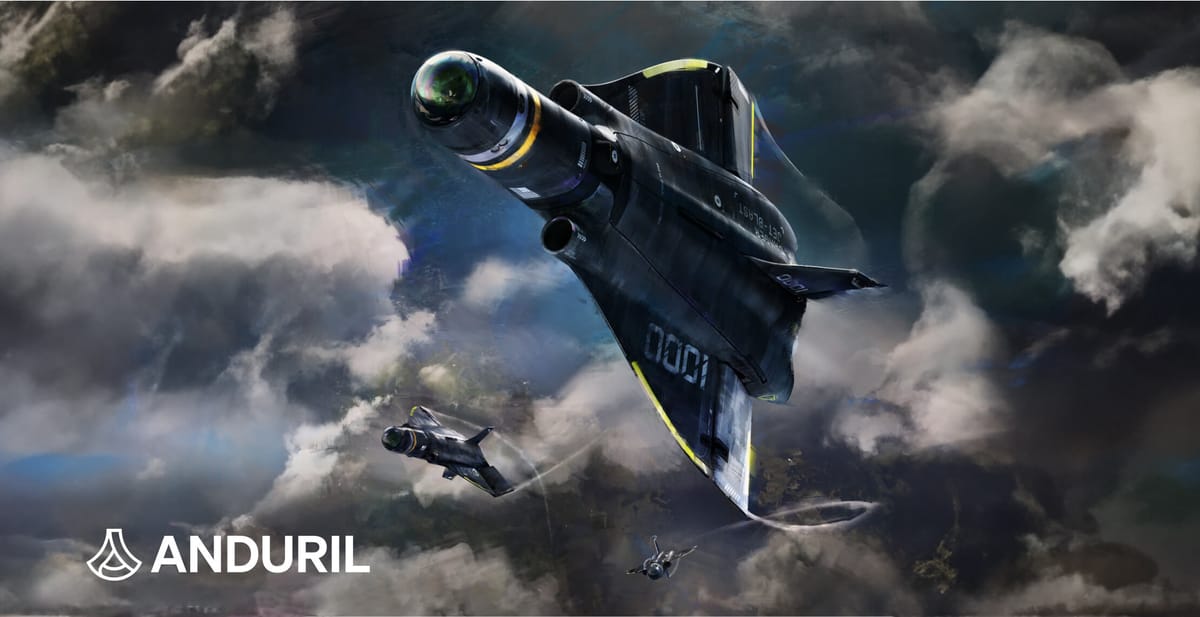
In a significant advancement for aerial defense technology, Anduril Industries has unveiled the Roadrunner and Roadrunner-Munition (Roadrunner-M), signaling a new era in the field of autonomous air vehicles (AAVs) and ground-based air defense systems.
Roadrunner is a modular, twin-jet powered AAV designed for versatility and efficiency. With its vertical takeoff and landing (VTOL) capabilities, it offers unprecedented operational flexibility. The drone is not just a marvel of engineering but a testament to Anduril's commitment to future-proofing its products. Its modular payload system accommodates various missions, ranging from firefighting and search and rescue to organ delivery, making it a valuable asset in diverse operational contexts.
Roadrunner-M, the interceptor variant, presents a groundbreaking approach to air defense. It's a "high-explosive interceptor" capable of identifying, intercepting, and destroying a wide array of aerial threats, including those significantly more costly than itself. This variant is a game-changer, particularly in cost-effectiveness and operational efficiency. It can be deployed at a fraction of the cost of traditional defense systems, significantly bending the cost curve in favor of the defender.
A notable feature of the Roadrunner series is its integration with Anduril's AI-powered software suite, Lattice, which allows for streamlined command and control. This integration enhances the drone's autonomous capabilities, enabling a single operator to supervise multiple units simultaneously. This feature is particularly crucial in combatting the emerging threat of coordinated drone and missile attacks, which current defense systems are ill-equipped to handle.
A single operator can launch multiple Roadrunners at once to autonomously navigate to threats, ensuring high probability of defeat and allowing operators to address multiple threats at once.
In an era where low-cost, mass-produced drones are increasingly used by adversaries, Roadrunner-M's ability to be rapidly deployed, intercept threats, and return for reuse represents a significant strategic advantage. Its design philosophy, focusing on reusability and cost-effectiveness, mirrors the transformative approach seen in recent space industry advancements, such as SpaceX's reusable rockets.
Roadrunner's performance is not just theoretical. It has been operationally validated with an existing U.S. Government customer, showcasing its readiness for deployment. This rapid development and fielding, in less than two years, is a testament to Anduril's innovative approach and commitment to using its own resources for research and development.
Complimenting the Roadrunner drones is Nest, an ingenious automated hangar designed for storage, maintenance and rapid launch of the aircraft. Nest provides Roadrunner with self-contained environmental stability, spare parts, fuel stores and recharging capability in a portable encasement. Health monitoring systems track maintenance needs, allowing Nest to autonomously conduct testing and upkeep procedures without needing human technicians on site.
If alerts sound, Roadrunner can supposedly launch from Nest in mere seconds - crucial for time-sensitive sorties. Portability also allows Nest hangars to be flexibly positioned wherever Roadrunner squadrons are operating. Anduril envisions Nest as an essential element granting Roadrunner maximum mission readiness and availability. Its capabilities encapsulate the company’s vision for human-free autonomous weapon systems that reduce manpower demands.
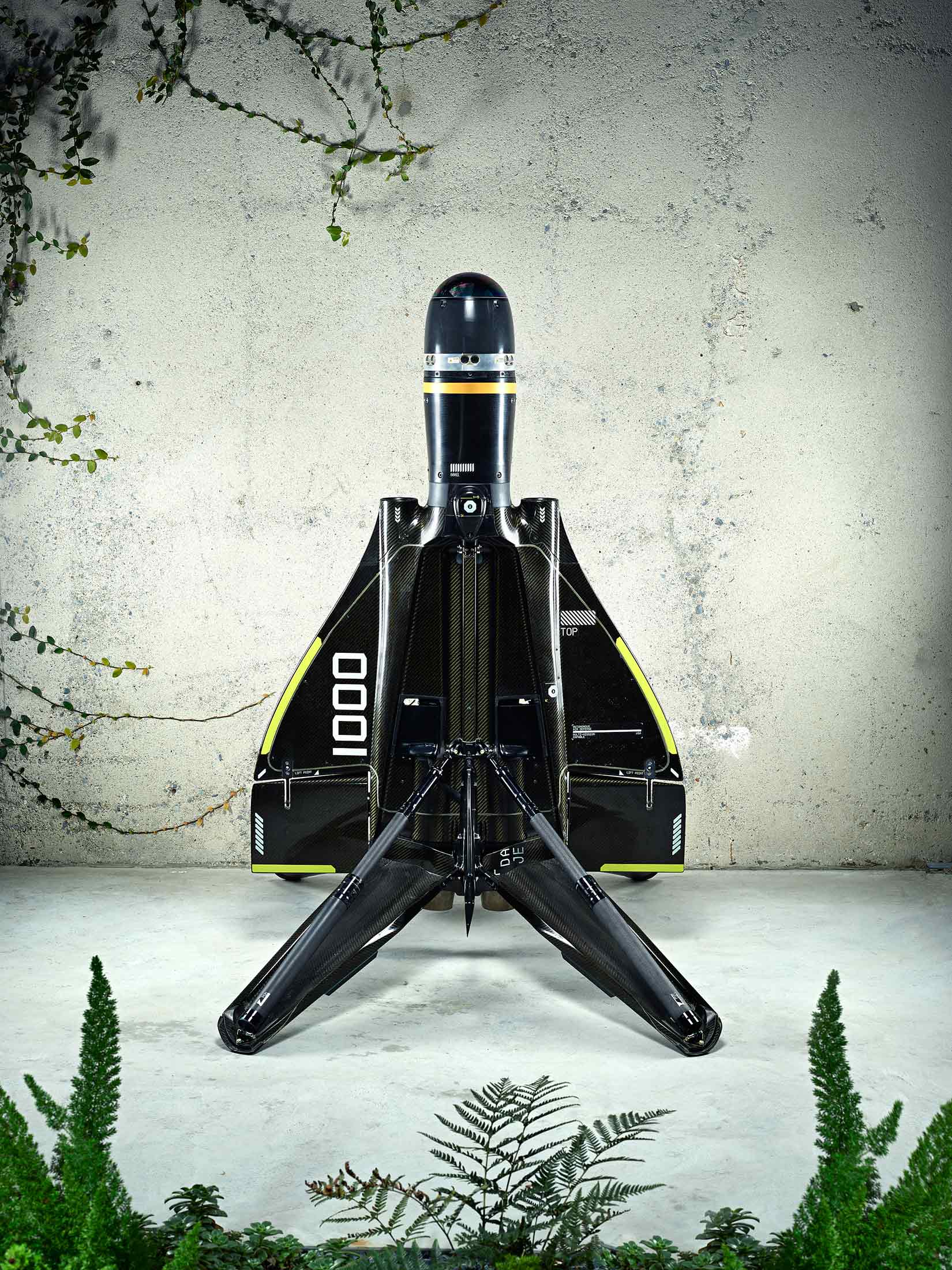
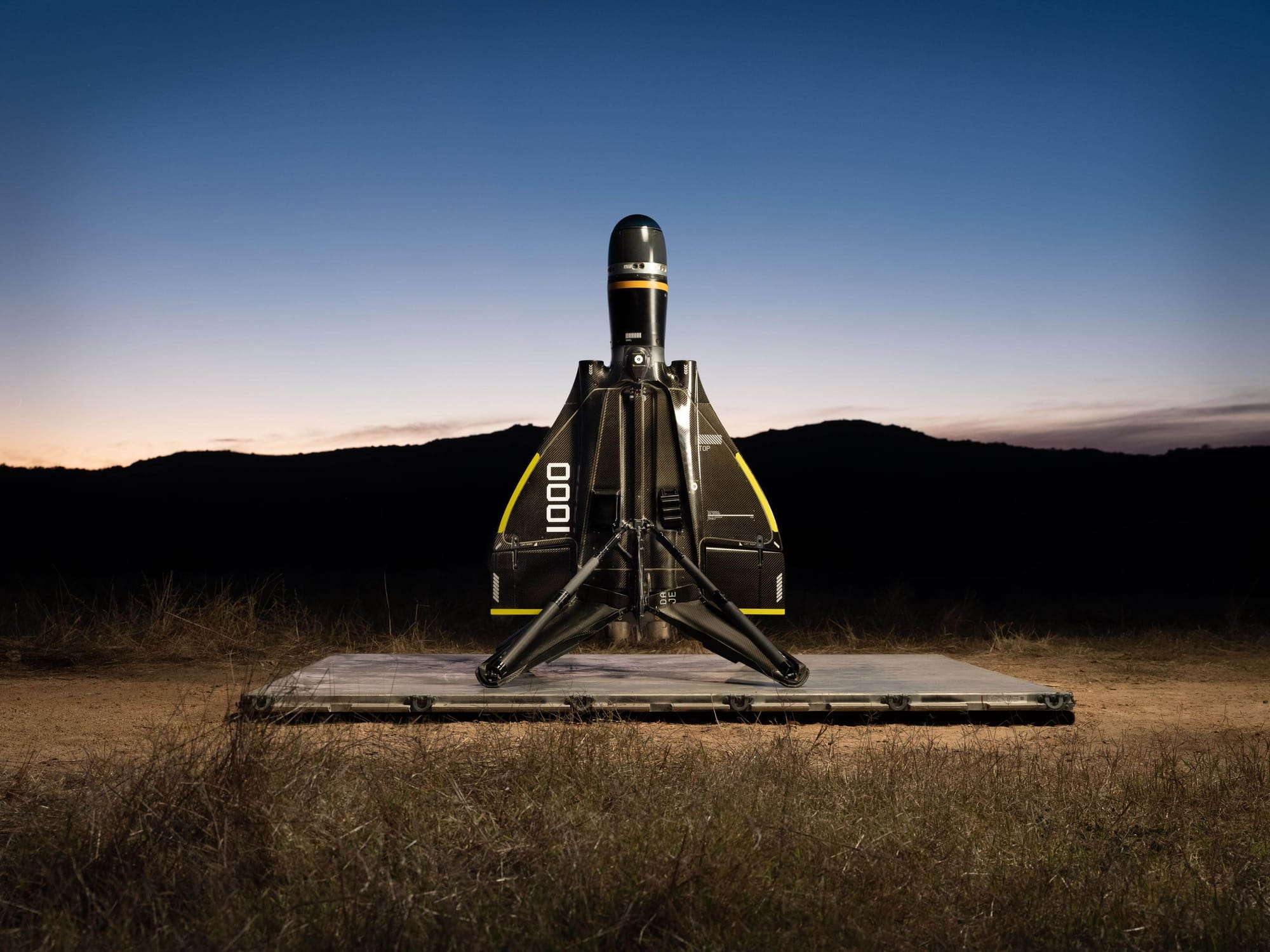
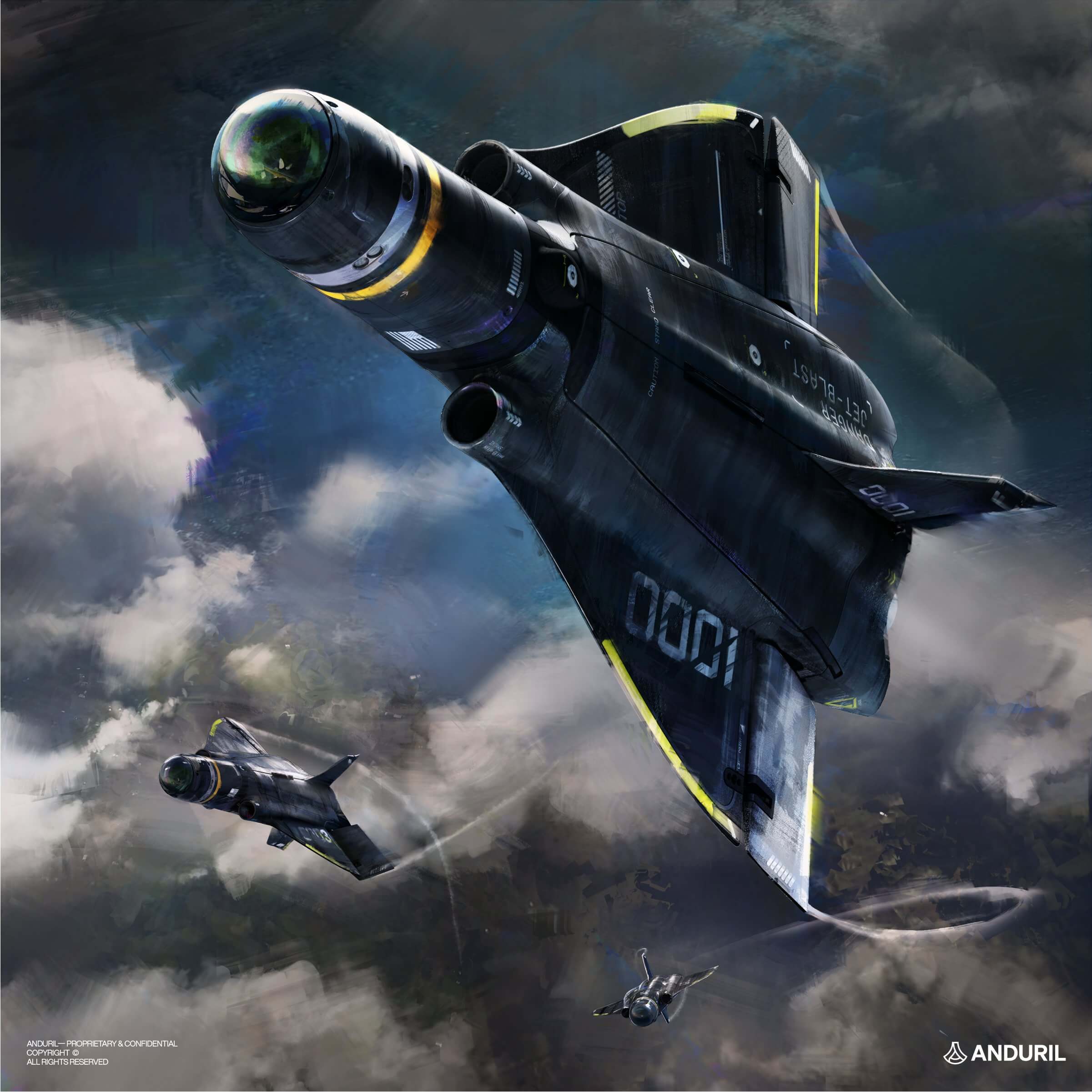
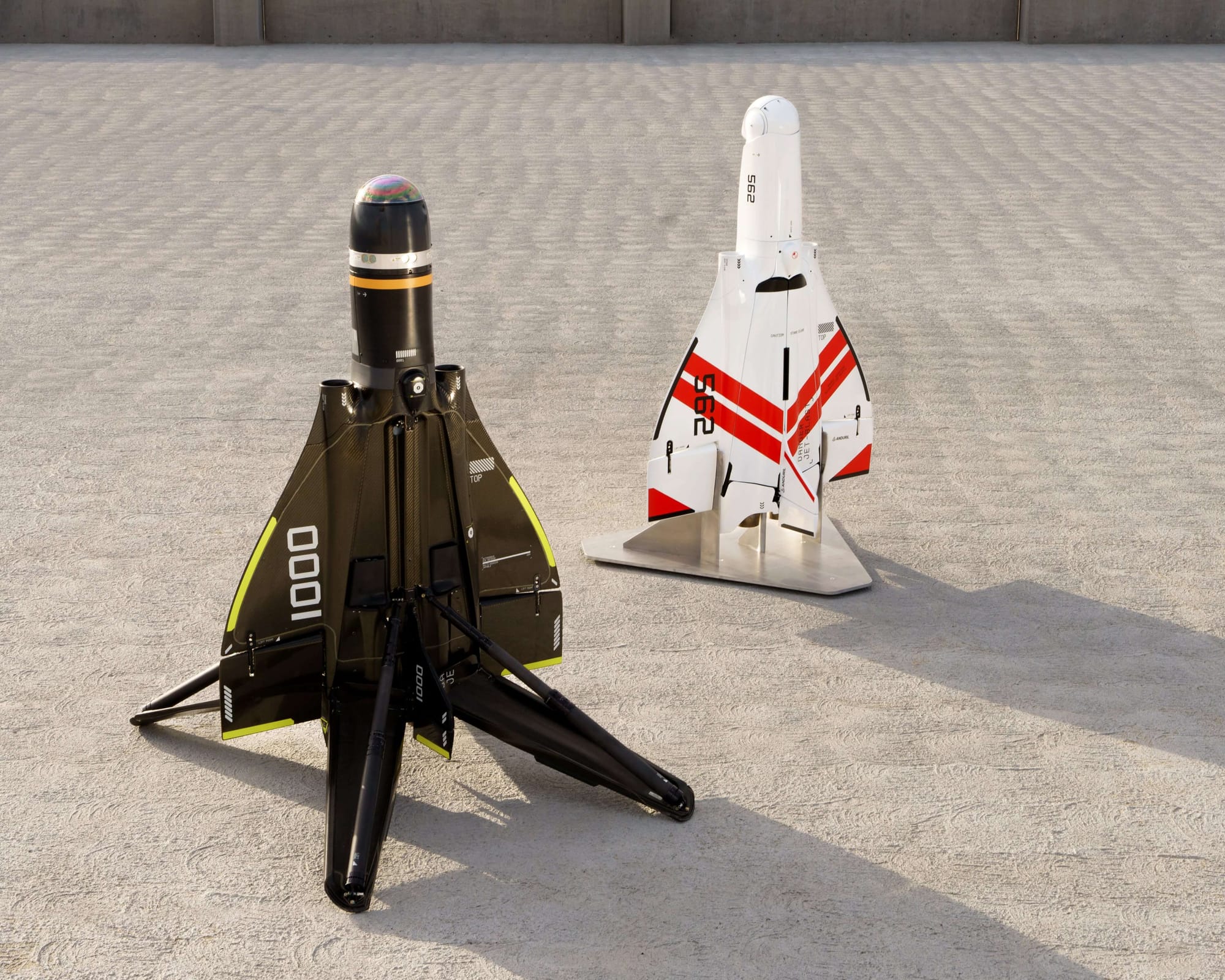
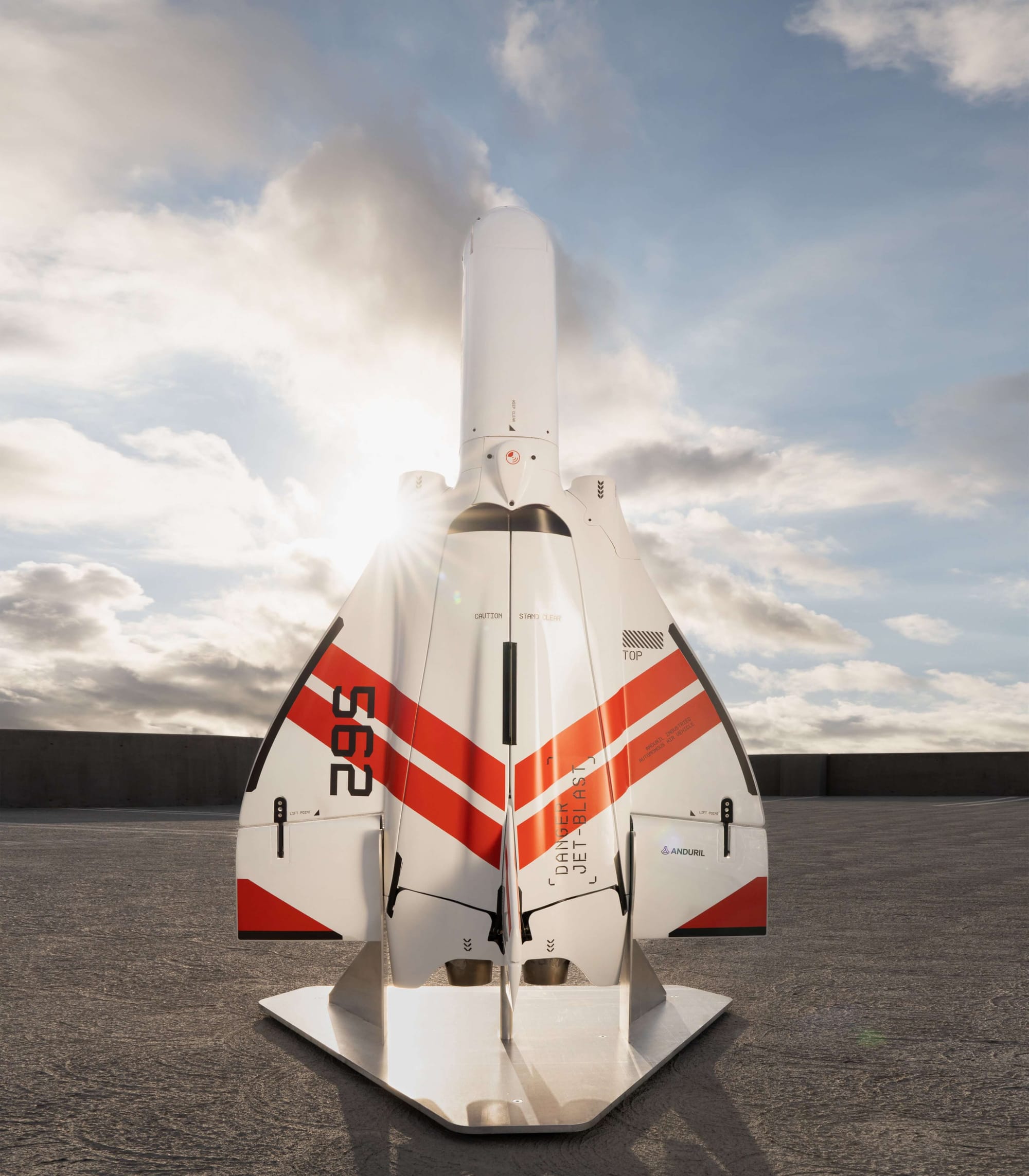
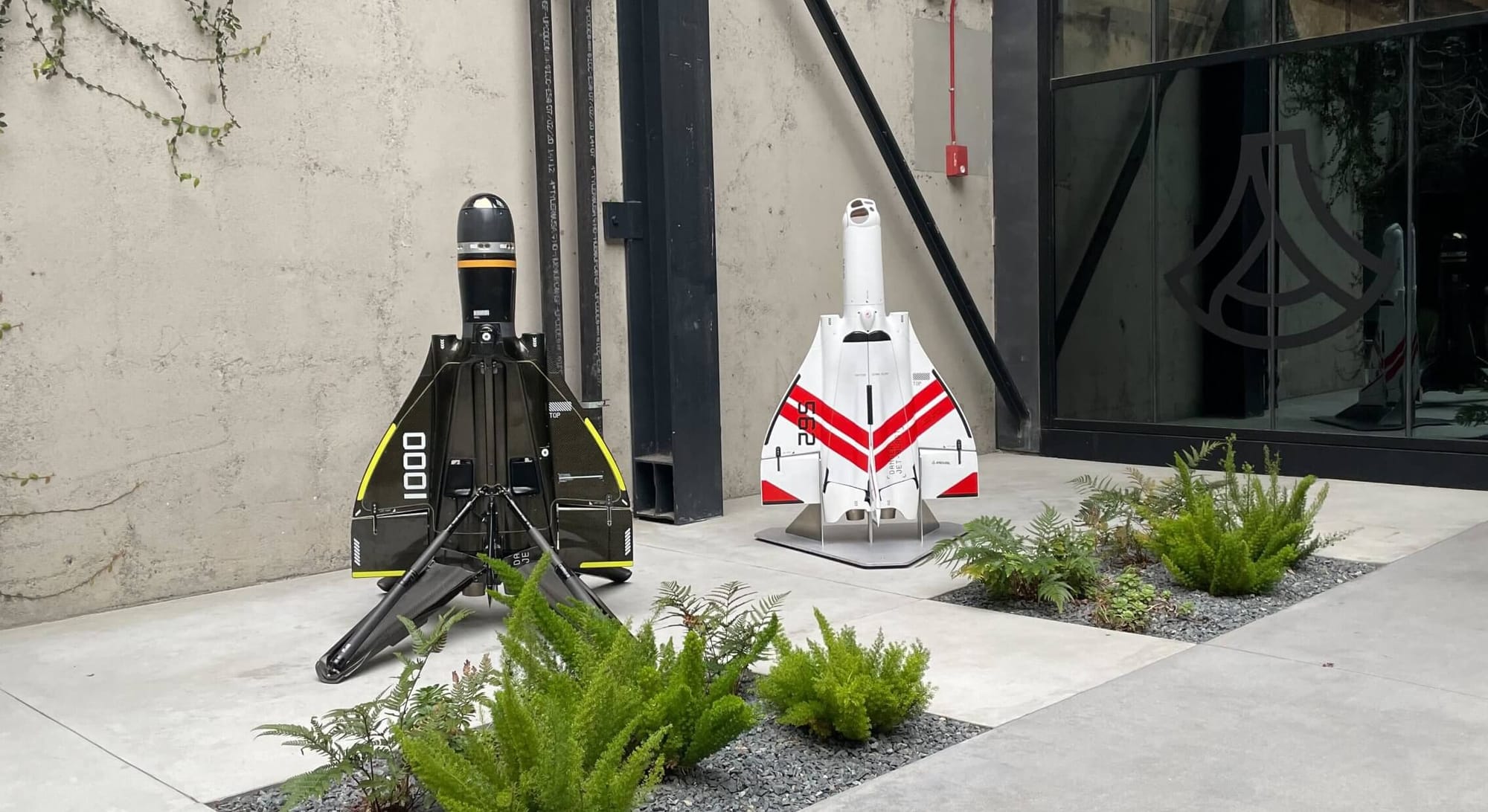
The concepts underpinning Roadrunner and Roadrunner-M align with evolving air defense needs and modernization priorities. The prevalence of small drones on the modern battlefield demands more agile, dynamic systems to detect and defeat them. As threats become faster, cheaper and more numerous, the U.S. military recognizes a need to rebalance cost curves.
Platforms like Roadrunner-M that promise rapid response, reusable capacity, and integration with legacy capabilities tick many of the right boxes the Pentagon has identified. While their ultimate success remains unproven today, Roadrunner represents the type of experimentation and forward-looking development that could reshape aerial warfare in the years ahead.

